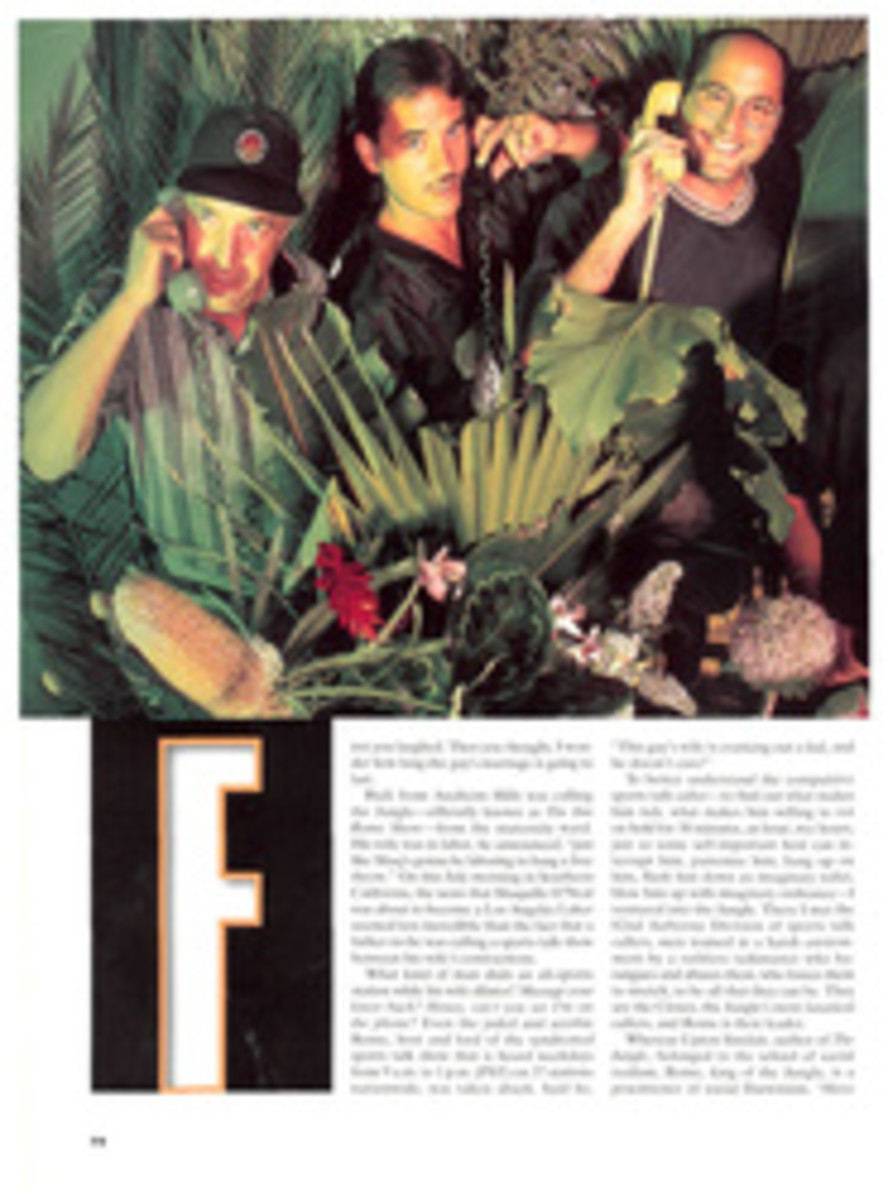
ROOM WITH A VIEW RENT AN OLD FIRE LOOKOUT FROM THE U.S. FOREST SERVICE AND ENJOY THE SCENERY
As the last glimmers of bloodred light fade behind the snowy
silhouette of the mountains, we sit on the catwalk surrounding
our shelter. We are perched at 6,157 feet in an aerie known as
the West Fork Butte Lookout, a 14-by-14-foot room atop a cairn
of lichen-covered shale rock. Our walls on all four sides are
glass, offering us a 360-degree view of the wilderness of
western Montana from our cots. This shelter, built by the
Civilian Conservation Corps in the 1930s, has been retired from
duty as a watch post for wildfires--put out of work by modern
technology. Radar now tracks the lightning strikes, and
surveillance flights find the smoke that fire lookouts once
spotted for the U.S. Forest Service. Yet the West Fork Butte
Lookout and others like it have survived thanks to the efforts
of volunteers who have restored them for use as retreats by the
public.
There are 33 lookouts available for rent in the Western national
forests, and about 15 more are undergoing restoration. Some are
perched on towers as tall as 100 feet; some are built on
outcroppings of rock, like landlocked lighthouses. All have
spectacular mountain views. At some locations you can request a
ranger to visit and provide an interpretive program on wildlife,
local history and forest management.
The logbook at West Fork Butte is full of guests' poetic
appreciations. "Oriental sunset tonight. Brisk west winds.
And a Malamute for stimulating conversation." "This cabin was
our castle in the sky. Our kids are with the babysitter. We are
just up here reliving our honeymoon." One skier, arriving on a
frigid January night, wrote an ode to the woodstove.
After the catastrophic wildfire of 1910, which burned three
million acres in northern Idaho and western Montana and killed
86 people, lookout towers were strategic-ally placed to command
the broadest possible area. In the 1920s the Forest Service
designed standard plans and used mule trains to bring precut
tower kits to the roadless mountaintops. In the 1930s the
Civilian Conservation Corps built thousands of these lookouts,
mainly in the West.
The use of manned lookouts dropped steadily in the 1960s, when
aerial surveillance became popular. The Forest Service began
demolishing the towers and cabins rather than allow them to
deteriorate into safety hazards. Probably fewer than 500 remain
standing, down from a peak of more than 5,000 during the 1940s.
In 1979 the agency's northern region began renting them out.
Some have been added to the National Register of Historic
Places, and a few are still manned for surveillance by
volunteers during the fire season.
To rent a lookout or a cabin, contact the Forest Service
regional office for the area you wish to visit and ask for a
directory of rental lodgings. Some have indoor plumbing and are
wheelchair-accessible. But most are quite primitive, with no
running water or electricity, and many cannot be reached by car:
You must hike, ski, snowshoe or snowmobile in. You may have to
pack in your water and find and cut your firewood. In most cases
you must bring your own bedding. There are no telephones or
emergency services nearby, and parents are discouraged from
bringing children under 12.
Permits are required and issued on a first-come, first-served
basis. Reservations are accepted as early as six months ahead.
Fees range from $15 to $50 per night, depending on the number of
people the lookout sleeps and the quality of the accommodations.
All rental fees are used for maintaining the lodgings.
"We're lucky we still have a fair number of lookouts left that
we can put to this kind of use," says Jill Osborn, a Forest
Service archaeologist and preservationist. Use, declares Osborn,
is the best preservation for any building. It also cuts down on
vandalism. "Once people saw the benefits, the program really
caught on," she says. "People realized these old log cabins and
fire towers they'd been burning down weren't eyesores but a
connection to history--and a valuable recreational resource."
Perri Knize is a Montana freelancer who frequently writes about
the outdoors and the environment.
COLOR PHOTO: PAUL S. FIELDHOUSE The inside of this restored lookout in Montana may be primitive, but it's what's outside that matters. [Lookout tower]
COLOR PHOTO: ANNE SHERWOOD [See caption above--view from inside lookout tower]

